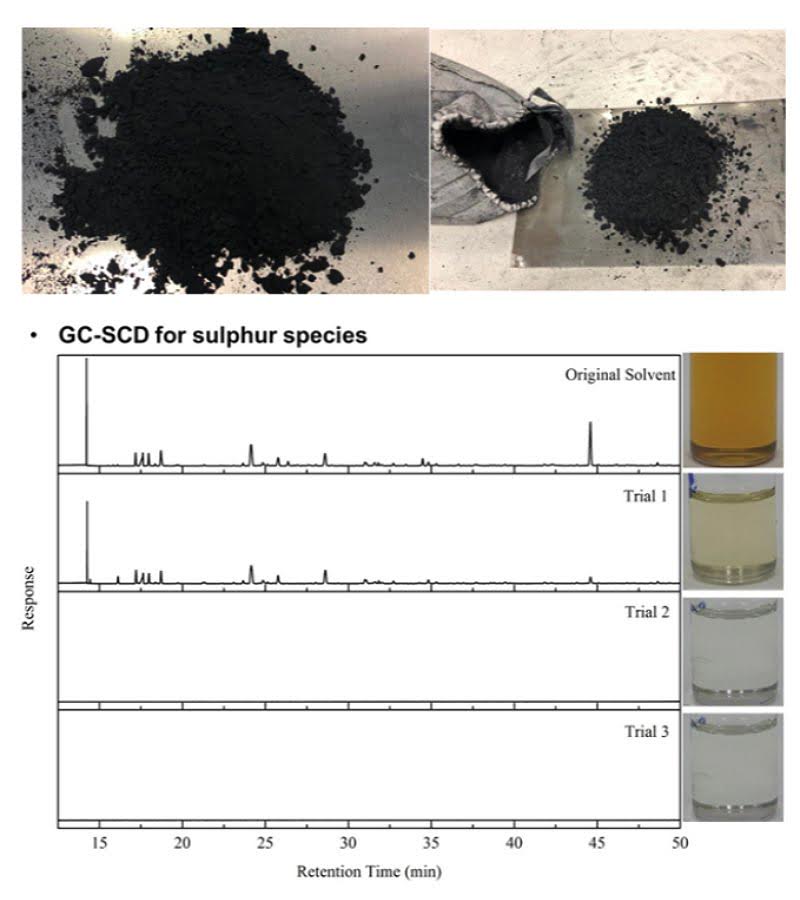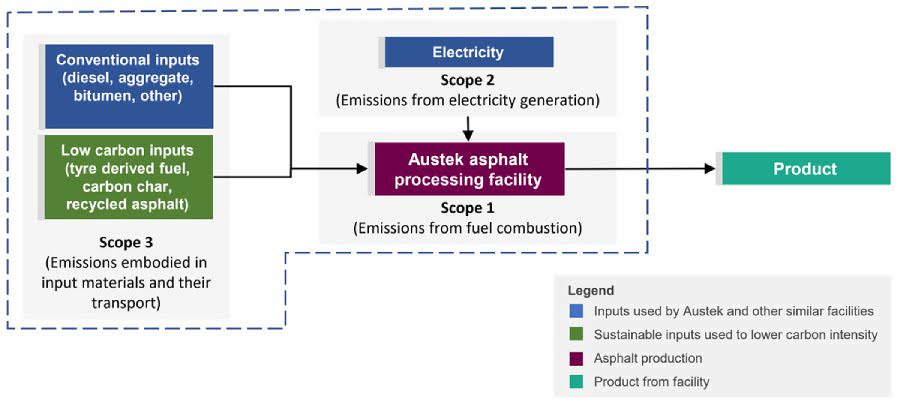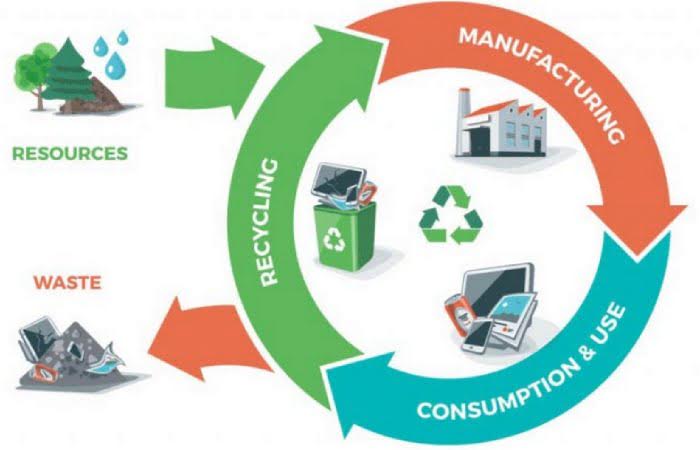Tamborine Rainforest Skywalk – Gold Coast Hinterland
September 2022
A heavily used carpark by tour buses and tourists in the Gold Coast Hinterland required resurfacing. The criteria were to resurface the carpark with asphalt which would improve and ensure a high skid resistance, improve rut and fatigue resistance. The asphalt was also required to be environmentally friendly and aesthetically pleasing and have a minimal impact on surrounding environment.



